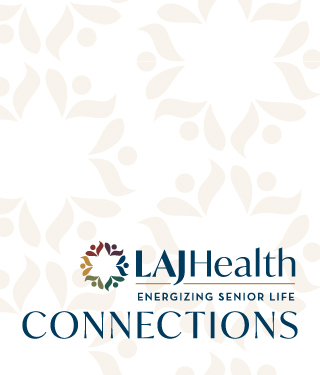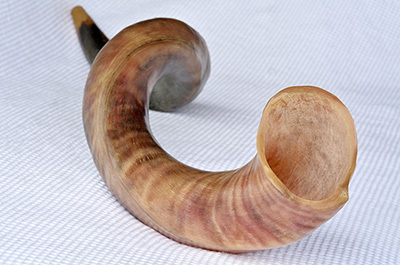Are You Awake?


Are You Awake?
Here at the Jewish Home, we have been hearing the shofar (ram's horn) blown almost every day, at lunch time or breakfast, in each of our 17 dining halls at Grancell Village, since the Jewish month of Elul began. The goal is to hear it every day except Shabbat for the month preceding Rosh Hashanah, the holiday that marks the New Jewish Year.
Many people have stopped me to ask, "Is that a real horn of an animal?" It certainly is. In fact, appropriately, a shofar usually comes from an elderly ram. The older the animal, the longer the horn. Seniors are revered by our tradition even among shofar-producing animals!
The shofar has many levels of meaning. First of all, it is one of the oldest, if not the very oldest, instrument in recorded history. We know that the shofar is at least 3500 years old, because the Torah is that old and refers to the shofar repeatedly.

There is something so primal, so natural and so ancient about the sound of the shofar. It connects us to our past, as we know that the shofar was used as a tool for calling the community together. Long before television and computers, telephones, radios and smartphones was the simple horn of a male goat that announced it was time to gather.
The shofar has also served for over 3500 years as the horn that announces the Jewish New Year. Ironically, in our secular American culture, people often toot horns at midnight after counting down the last seconds of December 31st. "Happy New Year!" we often shout, as we blow plastic and paper horns that announce a new year has come.
But the most profound meaning of the shofar was articulated by Maimonides, a medieval Rabbi who was incredibly brilliant and learned. He suggested that the shofar is like a spiritual alarm clock, saying, "Awake you sleepers from your sleep. Arouse you slumberers from your slumber and ponder your deeds; remember your Creator and return toward G-d in repentance… Look well to your souls and consider your deeds; turn away from wrong ways" (Hilkhot Teshuvah 3:4).
Like Maimonides, I believe we can spiritually "fall asleep." With all the pressures of life, with all of our struggles, concerns and worries, with our deficit sometimes of actual sleep, we sometimes start to simply try to make it through the day or week. We sometimes forget we are here for a greater purpose. We sometimes forget we are here to be good and kind and to help others. Sometimes we forget to wake up our souls and do the hard work of becoming our best selves.
The shofar is a great reminder to wake up and constantly try to improve and grow.
Happy New Year! A sweet and joyful and healthy year to come!

Skirball Director of Spiritual Life
[email protected]